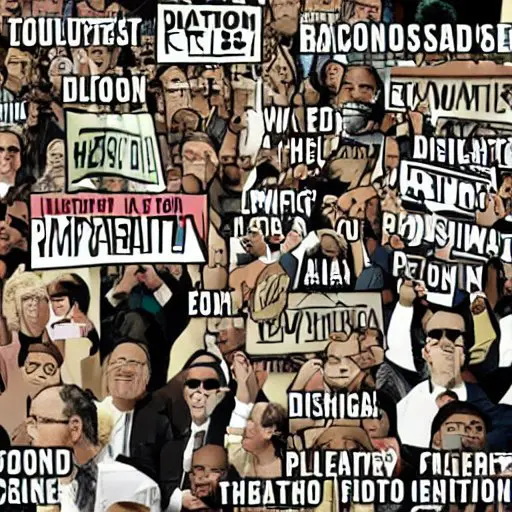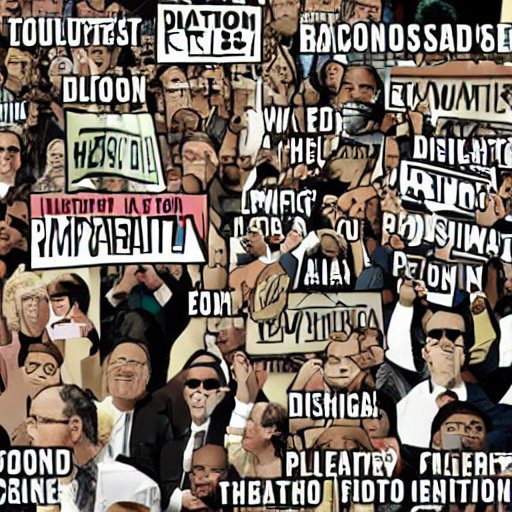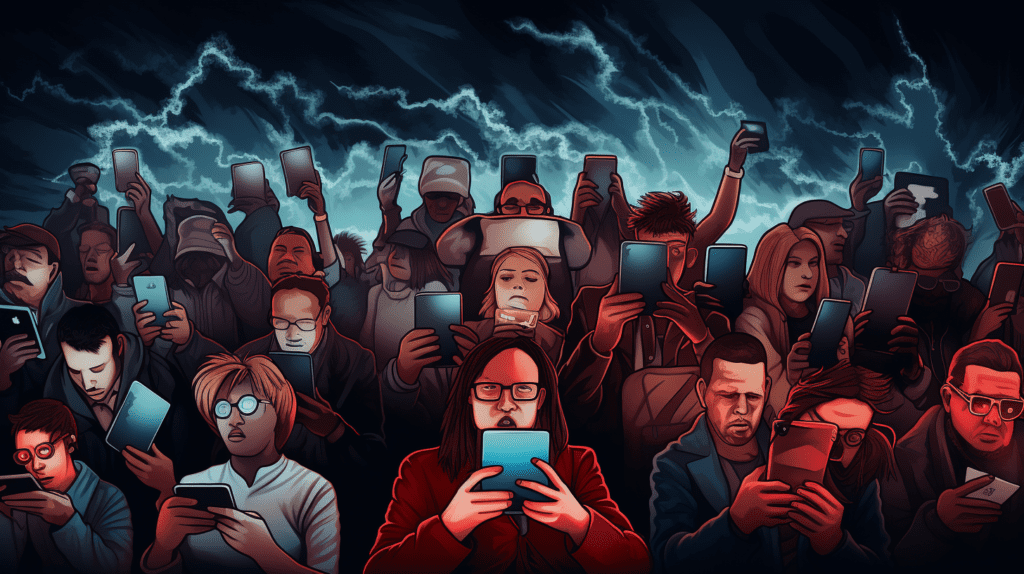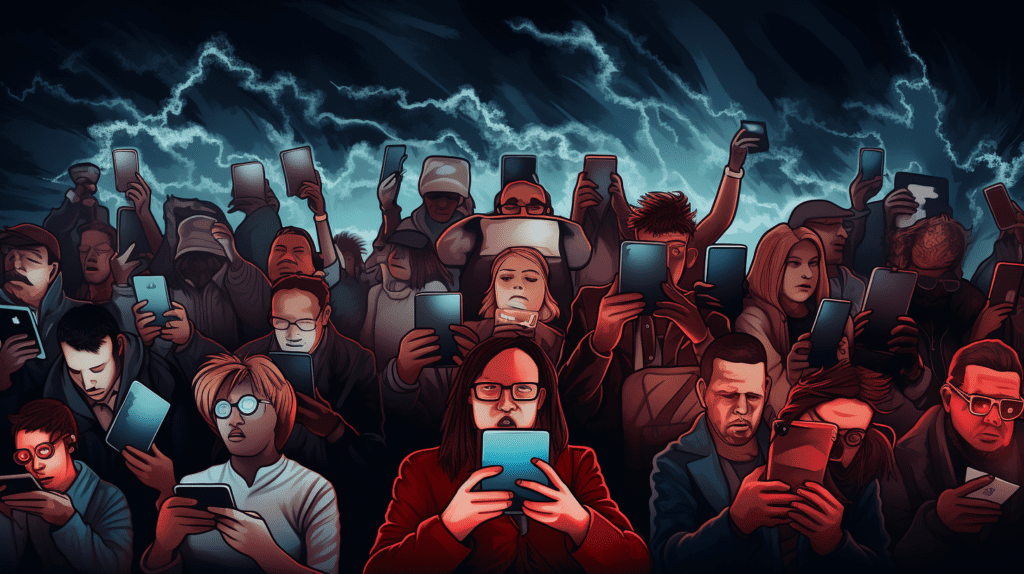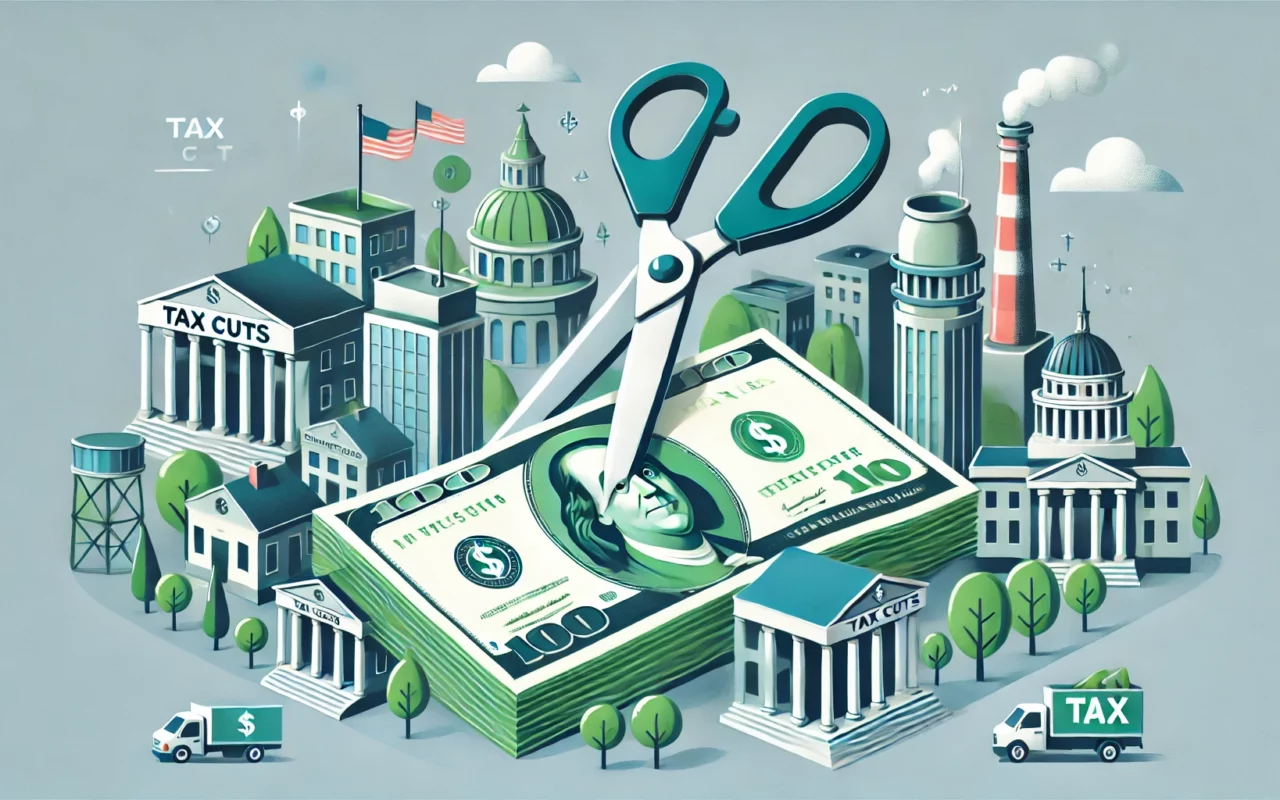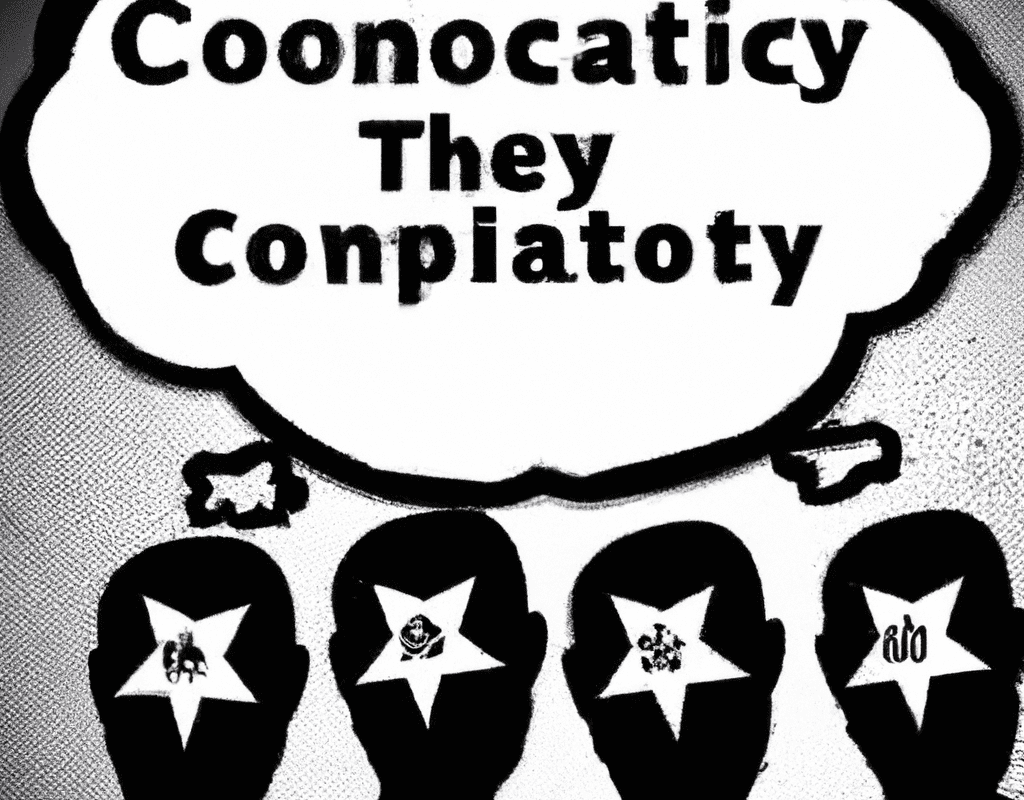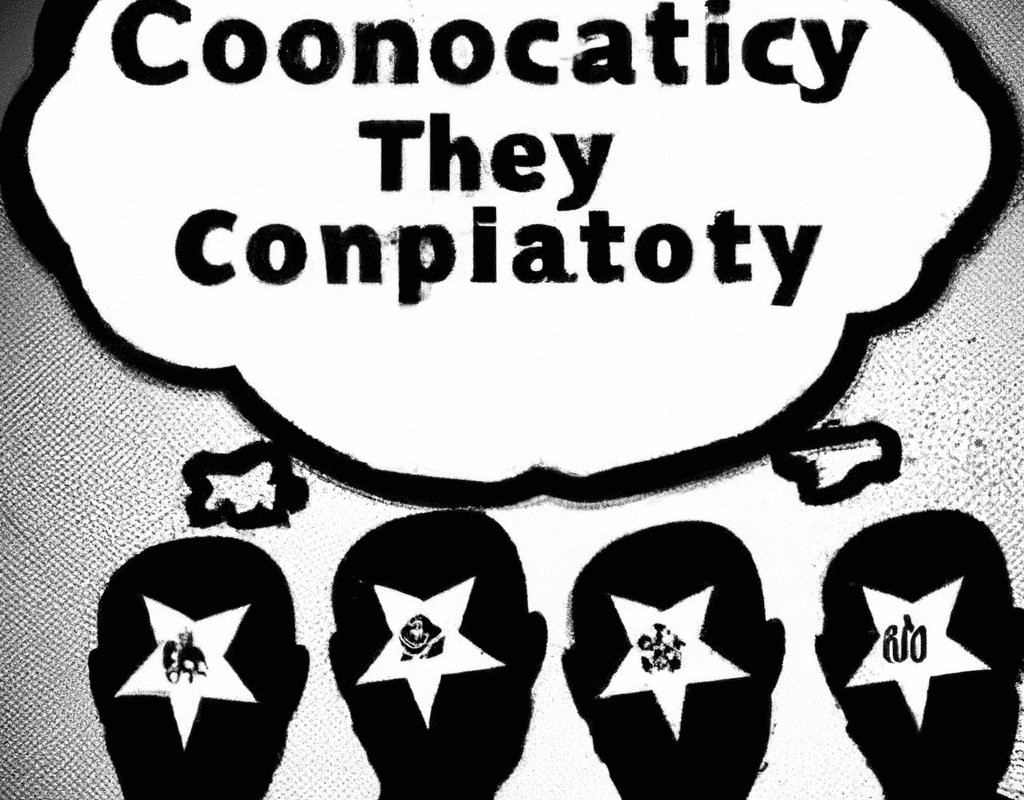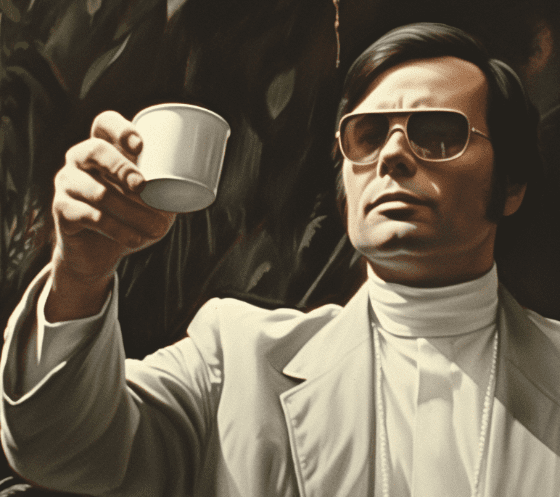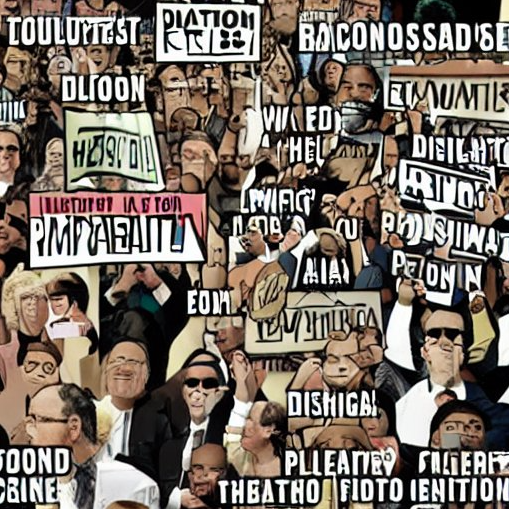The Psychology of Sadism: Understanding the Dark Side of Human Nature
In the pantheon of human psychological traits, few are as unsettling – yet fascinating – as sadism. While the term often conjures images of extreme criminal behavior or medieval torture chambers, the reality is both more nuanced and more pervasive than most people realize. Let’s dive deep into the psychological architecture of sadism and explore what modern science tells us about this disturbing aspect of human nature.
The Spectrum of Sadistic Behavior
At its core, sadism represents the capacity to derive pleasure from others’ suffering. But like many psychological phenomena, it exists on a spectrum rather than as a binary trait. On one end, we find what researchers call “everyday sadism” – those small cruel behaviors that pepper ordinary life, like enjoying watching fail videos or taking pleasure in office politics gone wrong. On the other end lies clinical sadism, the domain of true predators and those who commit acts of serious violence.
This spectrum theory helps explain why perfectly “normal” people might engage in behaviors like internet trolling or workplace bullying. These acts represent subclinical manifestations of sadistic tendencies that, while concerning, fall well short of criminal behavior.
The Dark Tetrad: A Family of Malevolent Traits
Sadism doesn’t exist in isolation. It’s part of what psychologists call the Dark Tetrad – a cluster of interconnected traits including narcissism, Machiavellianism, and psychopathy (it’s the newest band member of the artist formerly known as the Dark Triad). Think of these as the four horsemen of malevolent personality, each bringing its own flavor of interpersonal toxicity to the table.
What makes sadism unique within this dark constellation? Unlike its siblings, sadism involves a willingness to incur personal costs just to harm others. A narcissist might hurt you to get ahead, but a sadist will hurt you simply because it feels good – even if it means sacrificing their own resources or social standing in the process.
The Anatomy of a Sadistic Personality
Modern psychological research has identified three key components of sadistic personality:
- Physical violence isn’t just tolerated – it’s enjoyed. Whether participating in or merely witnessing violent acts, sadistic individuals experience positive emotions where others would feel revulsion.
- Verbal sadism manifests as a love of cruel humor, cutting remarks, and psychological warfare. These individuals don’t just win arguments; they savor their opponent’s emotional pain.
- Violent media consumption goes beyond normal entertainment preferences. Sadistic individuals actively seek out graphic content and experience genuine pleasure from witnessing violence, even in fictional contexts.


The Neuroscience of Cruelty
Recent neurobiological research has begun to unlock the physical basis of sadistic behavior. Studies show that sadistic individuals often display blunted startle responses similar to those seen in psychopaths. This suggests a fundamental difference in how their brains process threats and emotional stimuli.
Even more intriguingly, brain imaging studies have revealed potential alterations in regions associated with empathy and emotion processing. It’s as if the neural machinery normally responsible for sharing others’ pain has been rewired to experience it as pleasure instead.
Measuring the Unmeasurable
How do you quantify something as complex as sadistic tendencies? Researchers have developed several innovative approaches:
The Comprehensive Assessment of Sadistic Tendencies (CAST) provides a standardized way to measure sadistic traits across populations.
Behavioral experiments, including the infamous “bug-grinding study,” create controlled environments where sadistic tendencies can be observed in action.
Advanced neuroimaging techniques allow researchers to watch the sadistic brain in real-time, offering unprecedented insights into the neural correlates of cruel behavior.
Why This Matters
Understanding sadism isn’t just an academic exercise. It has profound implications for:
- Predicting and preventing violent behavior
- Developing more effective interventions for individuals with sadistic tendencies
- Understanding the psychological mechanisms behind systemic cruelty and institutional violence
- Creating safer online spaces by addressing trolling and cyberbullying
- Improving workplace dynamics by recognizing and addressing subtle forms of sadistic behavior
Looking Forward
As our understanding of sadism continues to evolve, we’re faced with uncomfortable questions about human nature. Is the capacity for sadistic pleasure a bug or a feature of our psychological makeup? Can we develop effective interventions to curb sadistic tendencies? How do we balance the need to understand sadism with the risk of normalizing it?
These questions don’t have easy answers, but they’re crucial to address as we work toward creating a society that can recognize, understand, and ultimately minimize the expression of sadistic behavior.
The study of sadism reminds us that the darker aspects of human nature deserve neither glorification nor denial, but rather careful, clear-eyed examination. Only by understanding the psychology of cruelty can we hope to build a world with less of it.
For a deeper dive into related topics in psychology and human behavior (and more), explore more articles here on Doctor Paradox.

